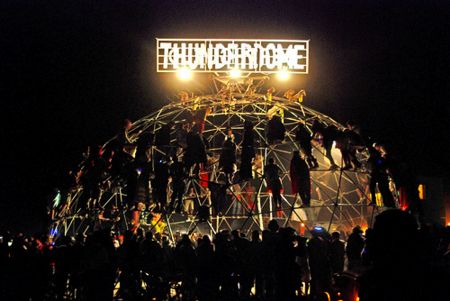By the time we wound our way through the procurement process and actually received our Echo360 appliance, I had about 3 weeks before classes started. In that time I had to do the following:
- Registration of the appliance on network.
- Physical install into lectern.
- Connection and configuration of the existing AV system.
- Camera installation and connection.
- Training on Echo360 system.
- Scheduling classes and recordings.
- Integration with Sakai to allow single sign on and distribution
- Testing.
Plenty of time!
Oh. Did I mention that I was also doing the exact same thing with a Mediasite system and the exact same deadline?
Turns out that while it was hectic, it all came together. No 80 hour weeks or anything either. Just busy. I had tremendous support and assistance from my colleagues that maintain the classroom AV systems in the learning spaces group as well as the team that manages the LMS.
For the pilot Echo360 is hosting everything for us. They take care of content distribution and they are responsible for the servers. If I had to do that as well, there’s no way I could have pulled this off.
- Network registration is something that I’m pretty familiar with here at ND so that only took a few minutes.
- Installation into the lectern was easy. I’m a former AV guy so I just start screwing stuff in and plugging it in. All the AV switching gear was there too so it was just a matter of adding a few cables. The biggest issue was getting the output of the sound system into the device. That required changes to be made to wiring and the Ashley processor which live in another closet. The AV guys handled that and it only took a few hours.
- The AV programmer made a few changes to the Crestron DMPS-300 to ensure that when the projector was blanked, no content was being sent to the capture appliance.
- Camera installation was handled by the AV guys and was just plugging in cables for me.
- Training was pretty extensive and handled over the phone. While the UI isn’t anything to write home about, once you play with a little it becomes familiar enough. The concepts and workflow are at least easy to understand.
- I create terms that set the start and end dates for the semester (Fall 2013, Spring 2014, etc.)
- I create courses (Biology 10111, CSE 20111)
- I create sections (FA14-Biology 10111)
- I create a recording schedule for each section based on class times. (I set the start time 1 minute early and end 2 minutes after class.)
- The LTI integration was pretty easy. Once I sat down with the Sakai admin we got my Echo implementation guy on the phone and we had one class set up in about 10 minutes. Subsequent classes take about 5 minutes.
- I didn’t have a lot of time to do testing but the process has been very stable. Captures kick off as expected, content is uploaded and then gets encoded.
About 2 hours after class is over, students can view the recordings.
And about a week before the semester started they came out with new software (5.3) and I rolled the dice. I had them upgrade me to the newest version since there was no content and really nothing to lose. It went well and I had no issues. I’ll say it: I got lucky.
I don’t have any experience with working in academia outside of Notre Dame but I’d say if I can do it here, surely it can be done anywhere.
Be not afraid my friends!



